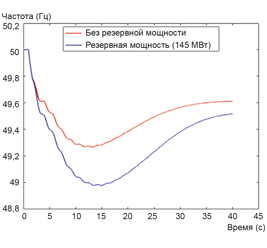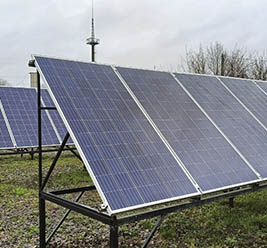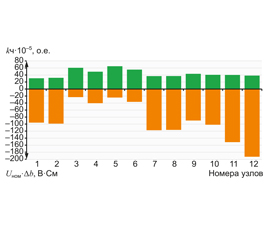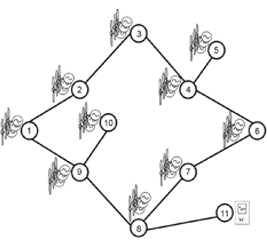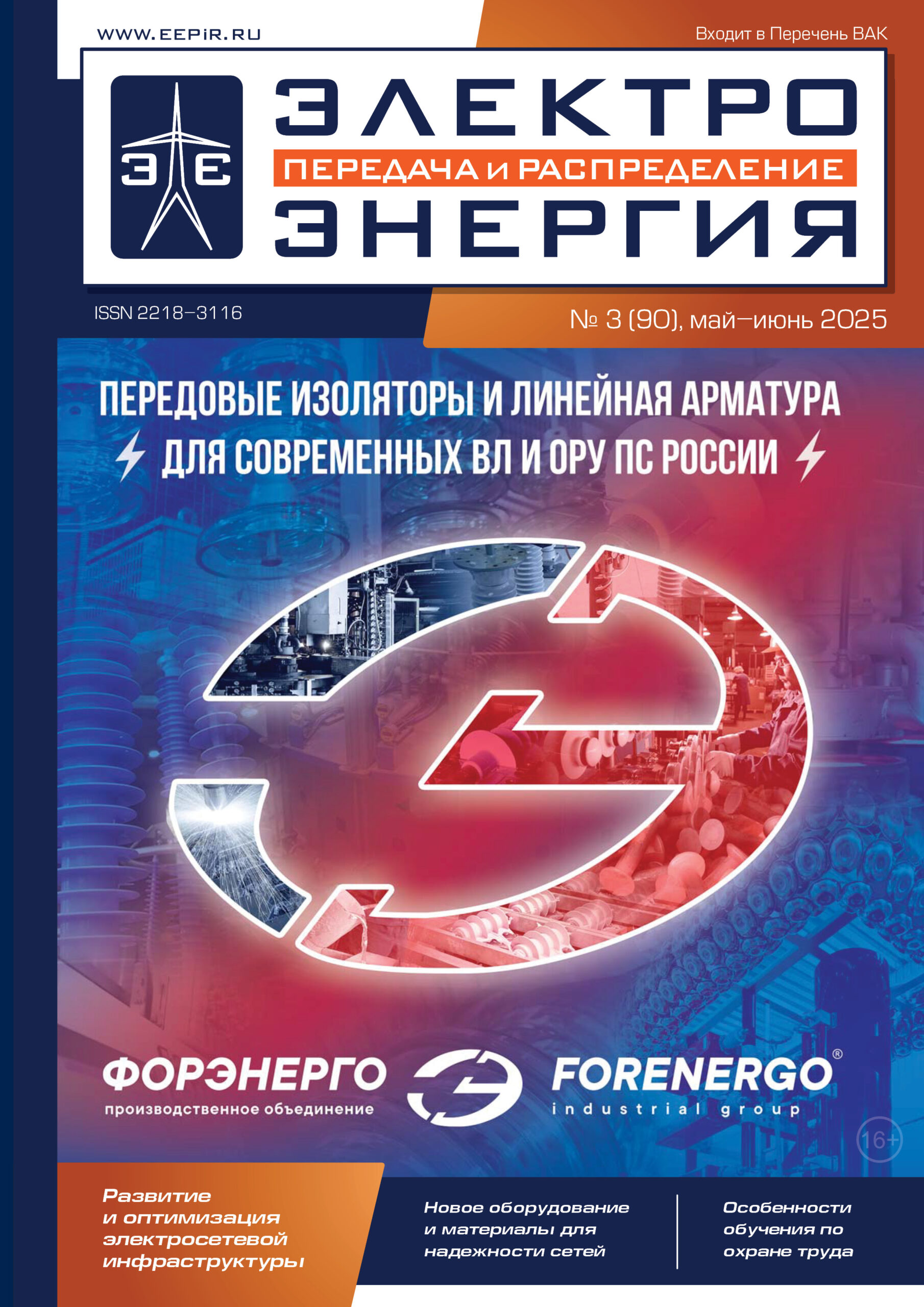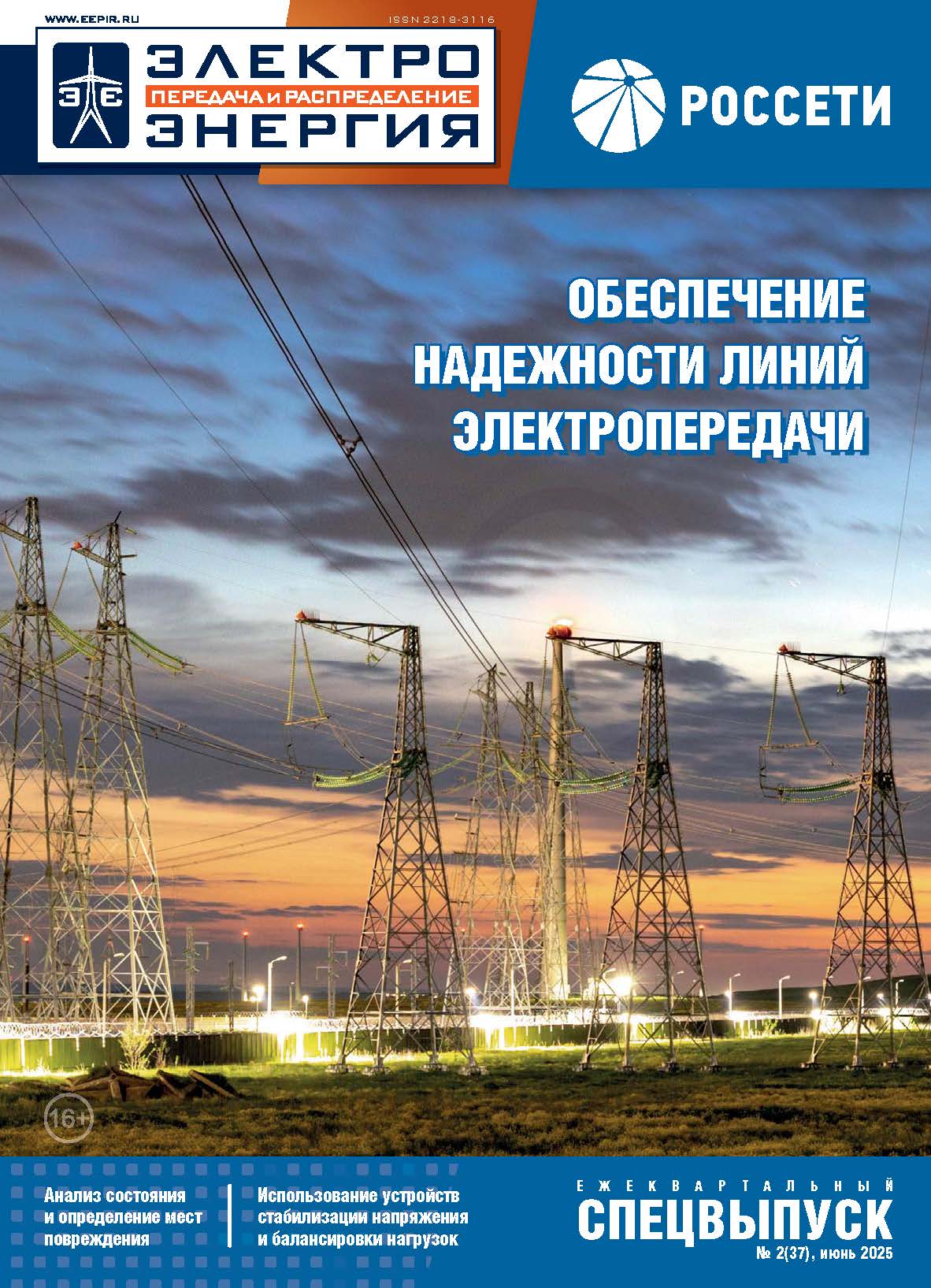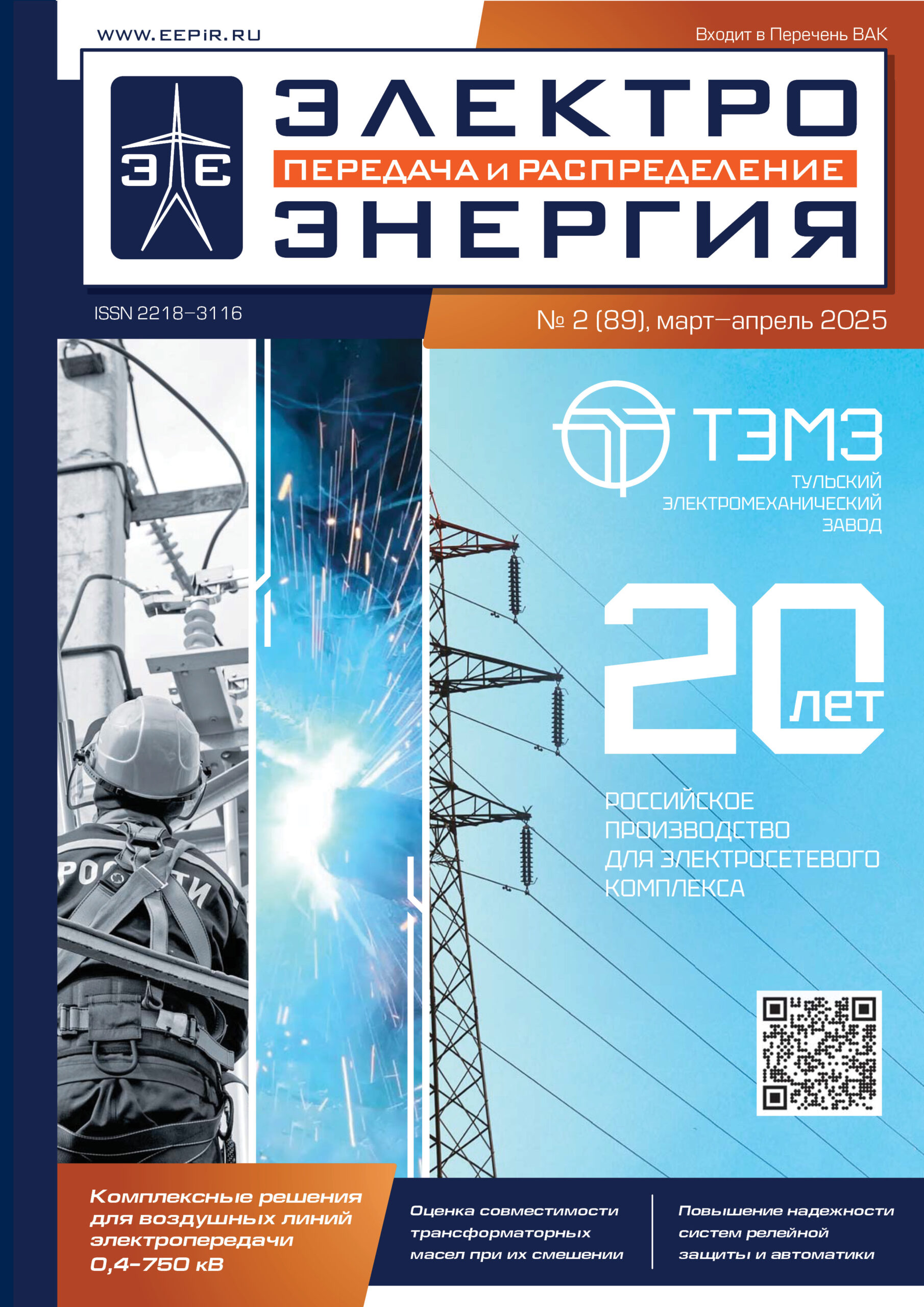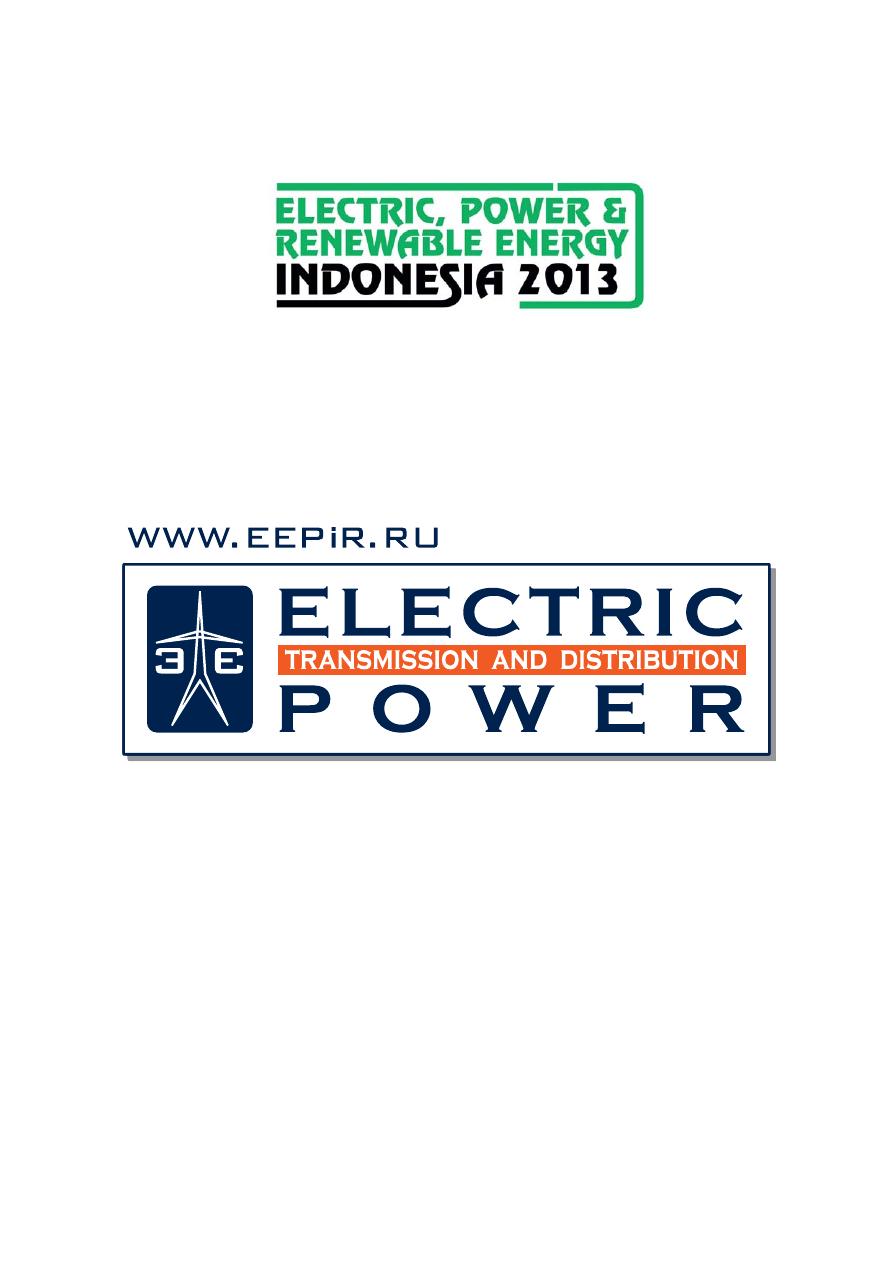
The MAIN JOURNAL for POWER GRID SPECIALISTS in RUSSIA
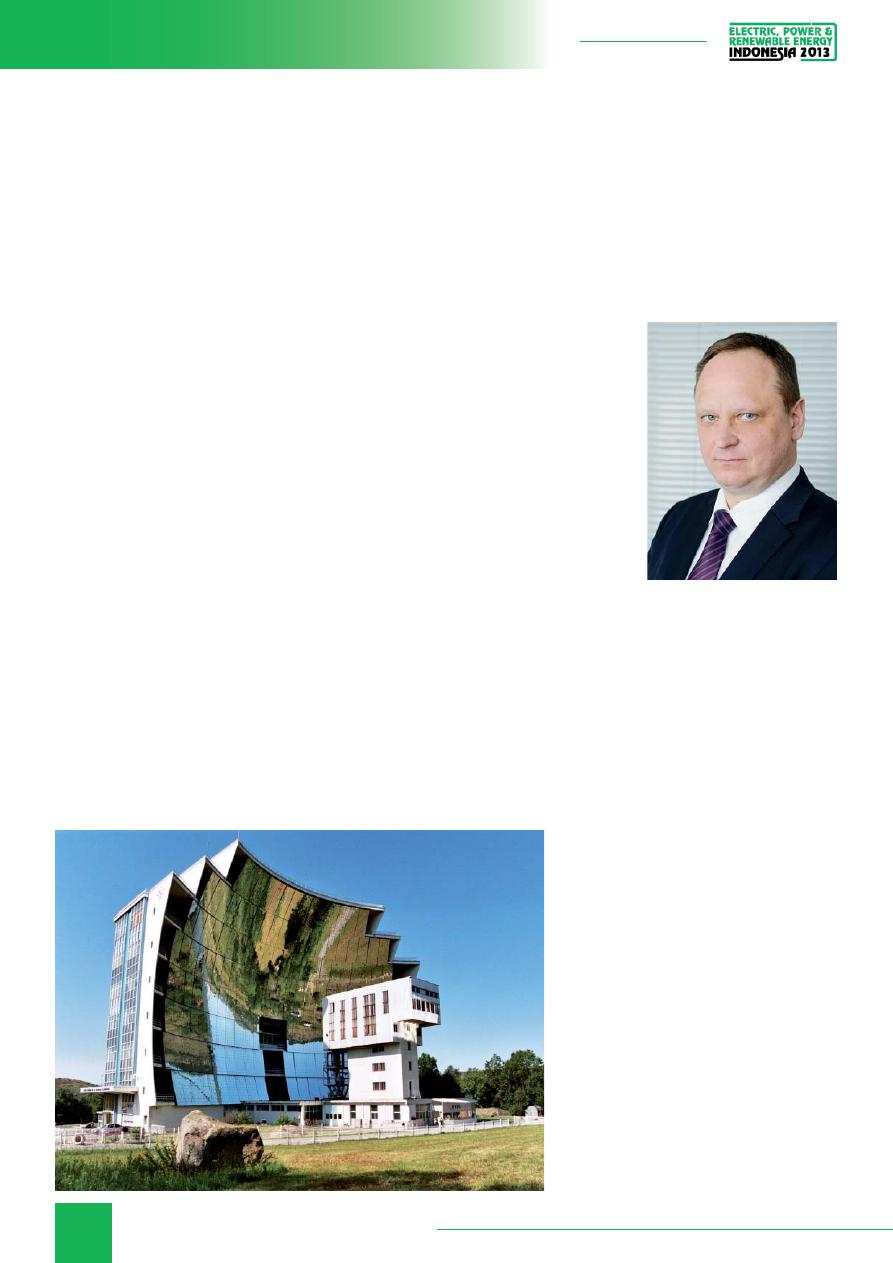
12
4–7 September, 2013, Jakarta, Indonesia
Alternative energy
T
he rapid growth of the renewable power
generation has probably become one of the
established trends in the energy sector during
the recent
fi
ve years.
The Role of Electric Grid
Companies in the Development
of Solar Energy
Within the context of the Energy Strategy of Russia for the Period
up to 2030 (approved by Decree 1715-
р
of the Government of
the Russian Federation dated 13 November 2009) a signi
fi
cant
role is assigned to the development of new renewable energy
sources and energy carriers: “Introduction into the fuel and
energy balance of such new renewable energy sources as ... solar
energy, ... will enable balancing of the demand for energy and
reducing the impact of energy enterprises on the environment”.
By Oleg BASENKO (
Олег
БАСЕНКО
), director for development
of Non-Commercial Partnership “Association of solar energy enterprises”
“We are like tenant farmers chopping down the fence around our house for fuel
when we should be using Nature's inexhaustible sources of energy — sun, wind and
tide. I’d put my money on the sun and solar energy. What a source of power! I hope we
don’t have to wait until oil and coal run out before we tackle that”.
Thomas Edison (in a talk with Henry Ford and Harvey Firestone), 1931
Investments in renewable energy sources (RES)
throughout the world increased even during the crisis
of 2011 by 5% to 260 bln dollars, meanwhile the
investments in solar energy increased by 36% to 136.6 bln
dollars. The total capacity of generating
facilities based on RES, including small
hydropower plants, made up as much as
450 GW at the end of 2011. The share of
RES in the energy balance of the majority
of European countries is still increasing
and by 2020 it may reach 20 per cent.
The sector which is at present
developing most dynamically is the solar
power generation. During the recent
decade the industry has been developing
with annual rates from 30 to 100%,
which contributed to the technological
progress and 7-fold decrease of the cost
of production for the period of 20 years
(1991— 2011), while in 2008—2012 the
decrease was 3-fold. In 2011 the increase
made up 40%, whereas the total capacity
of power generating facilities in the world
amounted to 65 GW.
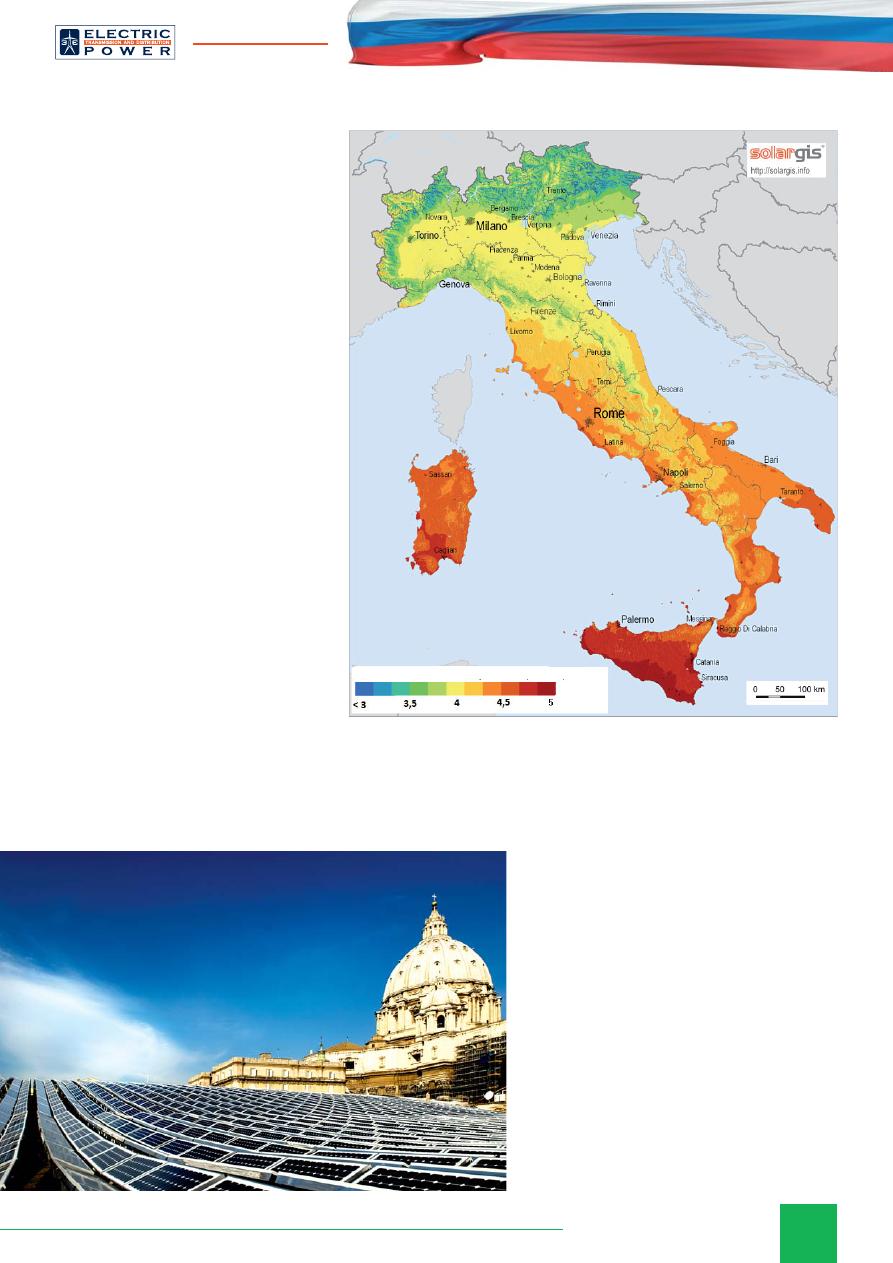
13
info@eepr.ru, www.eepr.ru
The
fi
ve largest countries implemen-
ting major programs in the
fi
eld of solar
power generation include Germany,
Italy, China, USA and France, the share
of which in 2011 amounted to 74% of
the total production volume. The best
dynamics of consumption, namely about
470%, was recorded in China, which,
according to experts, is going to assume
the absolute lead in this
fi
eld in the
nearest years.
The motives behind the transition to
the use of solar energy around the globe
are various and do not always hinge
on the presence of the hydrocarbon
resources. The most widely-spread
incentives are the following: creating
conditions for development and
modernization of operating enterprises
and scienti
fi
c institutes, creating new
jobs, solving the task of reducing
harmful emissions into the atmosphere,
which is principal for Europeans. The
most evident factor of the industry
development is the desire of world
economies to adapt to rising prices for
energy carriers through reducing the
energy intensity and promoting solar
energy, the cost of which has decreased
10 times during 10 years.
Russia has an enormous potential
in the
fi
eld of RES, primarily, in solar
energy. The insolation level (the
measure of solar radiation reaching the
earth surface) in certain regions — the
South of Russia, Siberia, Far East, Volga Region — is
comparable to those in countries which lead in solar
energy generation such as Germany, Italy, Spain (
fi
g.
1 and 2). According to the estimates of the Ministry of
Energy of the Russian Federation, the volume of the
photovoltaic generating facilities connected to the UES
of Russia can exceed 6 GW. This index for the Far East
energy system amounts to over 1 GW.
The development of solar energy generation
in Russia promises great pro
fi
ts for the
manufacturing industry and electric power
industry. The example of European countries
clearly shows that it promotes the development
of related industries and creation of jobs
requiring high quali
fi
cation. Due to solar energy
generation alone over 100000 jobs were created
in Germany. Besides, construction of solar
energy generation facilities in Russia will make
it possible to solve current tasks of supplying
power to not easily accessible and isolated
territories. For example, operation of hybrid
solar-diesel generating systems in regions with a
high level of diesel generation makes it possible
to reduce budgetary expenditure and improve
the ecological situation many times.
Nevertheless, despite the existing potential,
not only solar energy generation alone but RES,
Fig. 1. Map insolation Italy
Daily value of total solar radiation, kWh/m
2
and more
Source: www.solargis.info
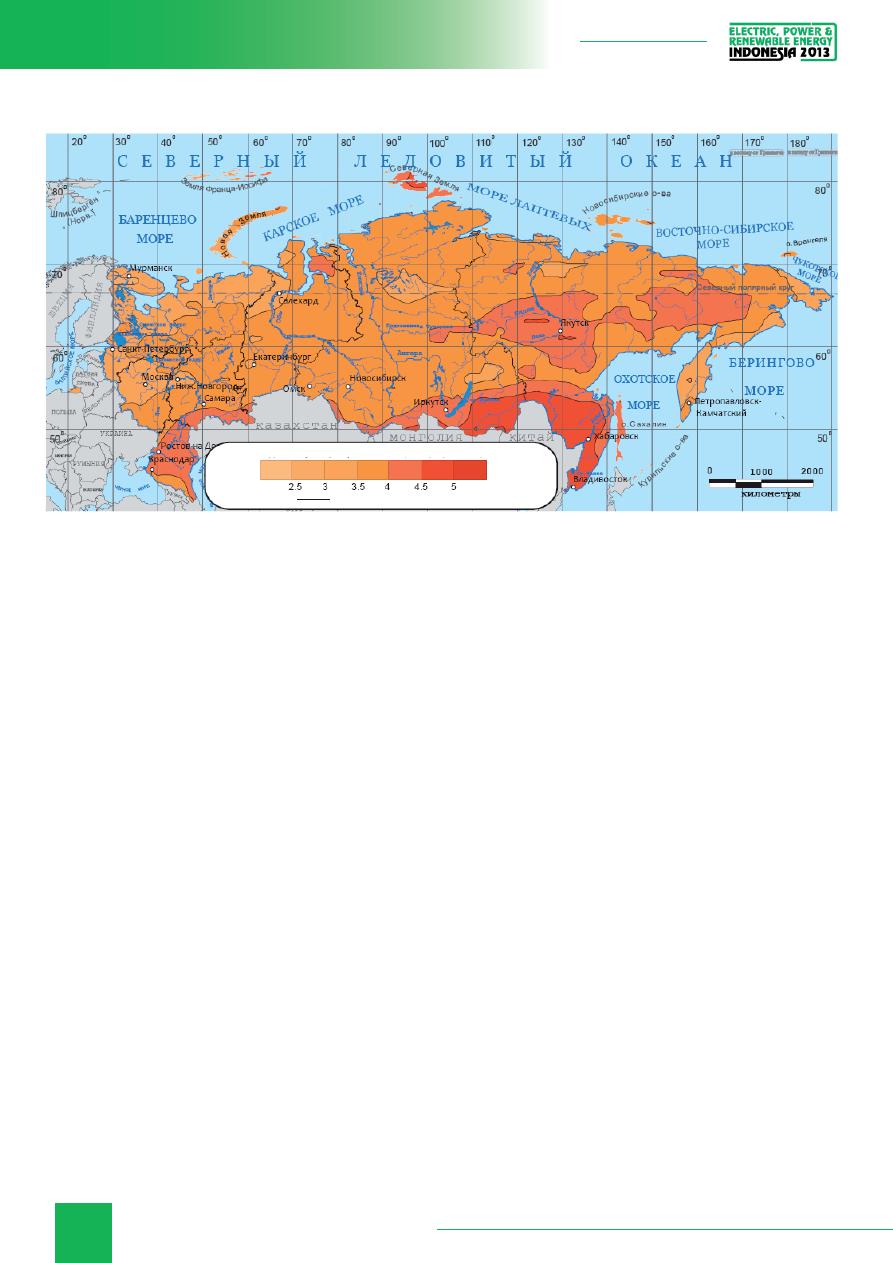
14
4–7 September, 2013, Jakarta, Indonesia
Alternative energy
as a whole, develop at much slower rates than in other
countries, owing to geographical, climatic and other factors.
At present Russia’s share amounts to 0.01% of the world’s
installed capacity of photovoltaic systems. The current
annual volume of solar installations in Russia, according
to the most optimistic forecasts of the market participants,
does not exceed 1 MW. The majority of installations are
small-scale (up to 5 kW) systems designed for private
residences. More optimistic experts forecast over 25 MW
of total installations in 2013, but now it is nothing more
but forecasts.
One of the key inhibitory factors is the lack of statutory
instruments regulating execution of the federal law “On
the Electric Power Industry” as amended. There are no
mechanisms for return of investments in solar energy
generation projects as well as capabilities of technological
connection of solar systems to the uni
fi
ed electric grid.
The problem of training highly-quali
fi
ed personnel
for innovative enterprises under construction is solved
by investors themselves; the problem of insuf
fi
cient
domestic raw and other materials is solved through
import, with simultaneous investigation of opportunities
for localization of the whole production process. Thus, at
present business is trying to independently solve problems
related to both production start-up and sales of products in
future. While in Europe, China and other developed and
developing countries the state undertakes solving many
tasks by promoting development of innovative economy.
It’s absolutely clear that promotion of solar energy
generation in Russia requires introduction of appropriate
all-level support measures, as well as simpli
fi
cation of
interaction processes with adjacent entities.
In accordance with Federal Law No 35 “On Electric
Power Industry” the technological basis of Russia’s
electric power industry is made by the Uni
fi
ed National
Electric Grid (UNEG), regional distribution networks
used for transmission of electric power and the integrated
system of operational and supervisory control. The
main task of ensuring reliable operation of UNEG and
distribution network has been entrusted to electric grid
companies — JSC “FGC UES” and JSC “MRSK Holding”
correspondingly.
Taking this into account, electric power grid compa-
nies are interested in ensuring the required level of grid
reliability while connecting small-scale generation facili-
ties for parallel operation. As for connection of photo-
voltaic generation units, it requires working out a special
approach to parallel operation as their generation volumes
depend on the intensity of solar radiation and cannot be
controlled by the supervisory personnel.
Due to the above-mentioned peculiarities of solar en-
ergy generation facilities, their parallel-operation connec-
tion to the grid needs working out of special enactments
and technical regulations. The following documents re-
quire foremost attention:
• amendments to the standards for technological connec-
tion, forms of agreements and technical speci
fi
cations;
• forming a separate group of technological connection
tariffs;
• developing a specialized group of technical speci
fi
ca-
tions for connection of solar energy generation facili-
ties to the grid (including operation synchronization
and stabilization automatics);
• amendments and clari
fi
cations to regulations of opera-
tional and technological interaction between entities;
• amendments to the rules of technical operation of elec-
tric installations;
• amendments to the operational safety rules.
Fig. 2. Map insolation regions of Russia
less
more
frontiers of Federal regions
Daily volume of solar radiation, kWh/m
2
Source: www.suncollector.ru
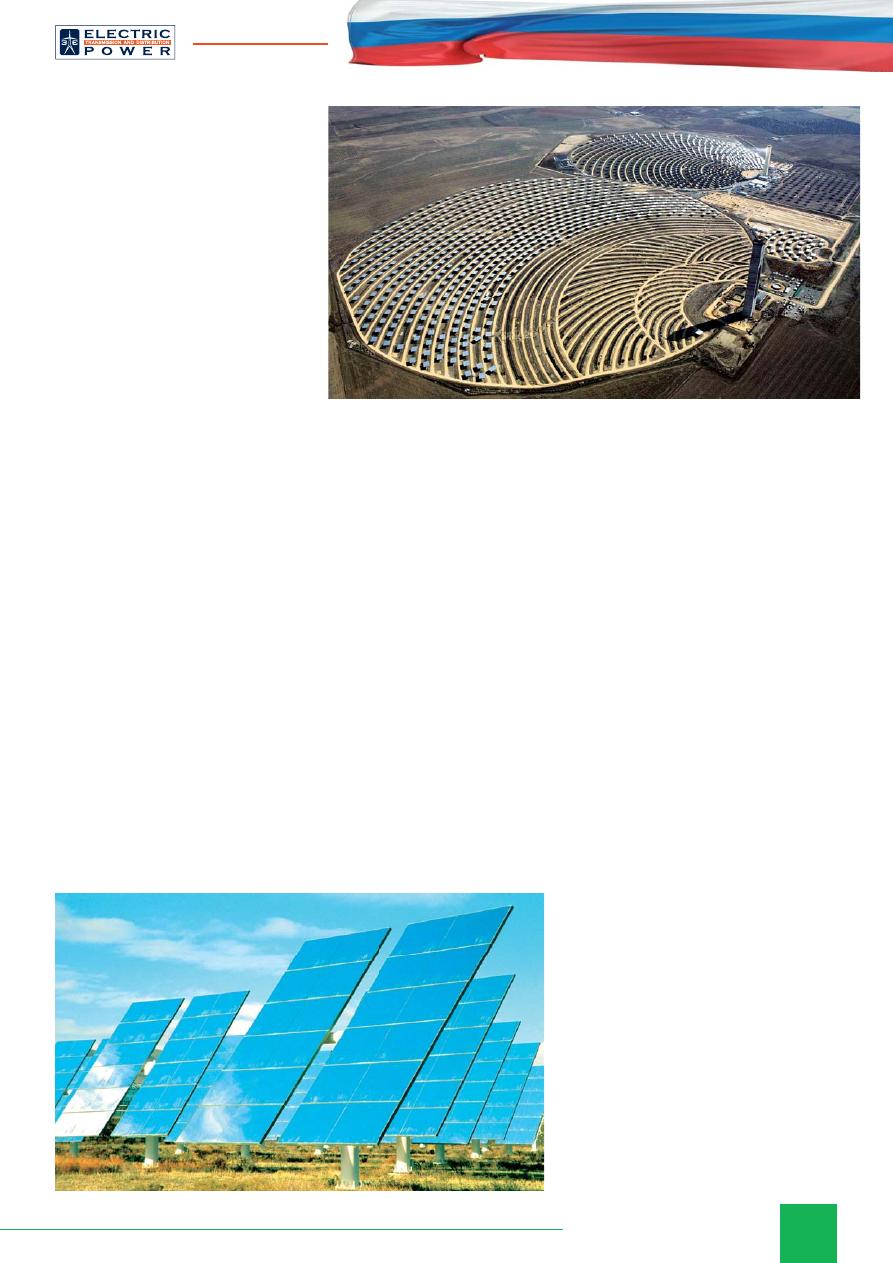
15
info@eepr.ru, www.eepr.ru
A number of measures in this
direction have already been taken.
Decree No 744-
р
of the Government
of the Russian Federation dated
05.05.2012 approved of the Plan of
measures for introducing appropriate
changes in the Federal Law “On
Electric Power Industry”; Decree
No 1839 of the Government of the
Russian Federation dated 04.10.2012
approved of a complex of measures for
promoting electric power generation at
RES-based facilities.
At present JSC “FGC UES” is
conducting active work in each of
the speci
fi
ed directions. Starting
from 2011 the management of the
company have been members of the supervisory board
of the “Association of solar energy enterprises”. The
activities of this sectoral association are directed at
overall development of solar energy generation, which
is an innovative industry in Russia, and creation of
favourable conditions both for the establishment of
the solar energy market in Russia and introduction
of Russian high-tech products into foreign markets.
The association is to become a representative and
authoritative agency uniting Russian players in the solar
energy market — scientists and research engineers,
suppliers of services and equipment, producers of
components and
fi
nal products.
The Association members are also members of
working groups in the Ministry of Energy of Russia, RF
State Duma, RF Government staff, “Market Council”. The
fi
rst-priority task set before these groups is developing
proposals for regulations for introducing mechanisms of
promoting RES in the wholesale and retail markets of
electric power and capacity.
With the aim of examining issues concerning
connection of solar energy generation facilities to the
grid by the Federal Grid Company in cooperation with
partnering companies a solar energy generation facility
is being constructed on the island of Valaam (within the
framework of the investment Program of JSC “FGC
UES”) and a solar power generation system with an
adaptive management system is being developed in
“Skolkovo” Innovation Centre (within the framework of
the agreement between JSC “FGC UES” and “Skolkovo”
Innovation Centre).
Also, variants of developing the “Solar City” concept
(within the framework of the Innovative Development
Program) and installing solar systems for auxiliary power
supply for JSC “FGC UES” substations (within the
framework of the Program of energy saving and increasing
energy ef
fi
ciency) are investigated.
At the same time JSC “MRSK Holding” actively
searches for solutions in the
fi
eld of implementing
fundamentally new power supply sources of self-
contained systems based on renewable power sources
(sun, wind) as well as for ways of improving quality
and reliability of power supply of remote consumers
through the use of self-contained power supply systems,
and conducts research in the sphere of solving technical
problems of connecting distributed generation and
renewables to its grids. The company works on the
development of methods and regulatory documents
as regards connection of small-scale
generation facilities, including photo-
voltaic power plants, to the grids for
parallel operation.
The experience which the company
gets while implementing such projects
enables it to gain necessary knowledge
about operational peculiarities of solar
energy generation facilities in different
conditions and to work out the proper
technical and organizational solutions
addressing all aspects of the given kind
of installations. Apparently, in future
all taken measures will provide for the
company the required level of readiness
for large-scale implementation of small
photovoltaic generation facilities.
Оригинал статьи: The Role of Electric Grid Companies in the Development of Solar Energy
Within the context of the Energy Strategy of Russia for the Period up to 2030 (approved by Decree 1715‑р of the Government of the Russian Federation dated 13 November 2009) a significant role is assigned to the development of new renewable energy sources and energy carriers: “Introduction into the fuel and energy balance of such new renewable energy sources as… solar energy,… will enable balancing of the demand for energy and reducing the impact of energy enterprises on the environment”.




